Home>Dining>Events & Etiquette>What Are Good Table Manners?
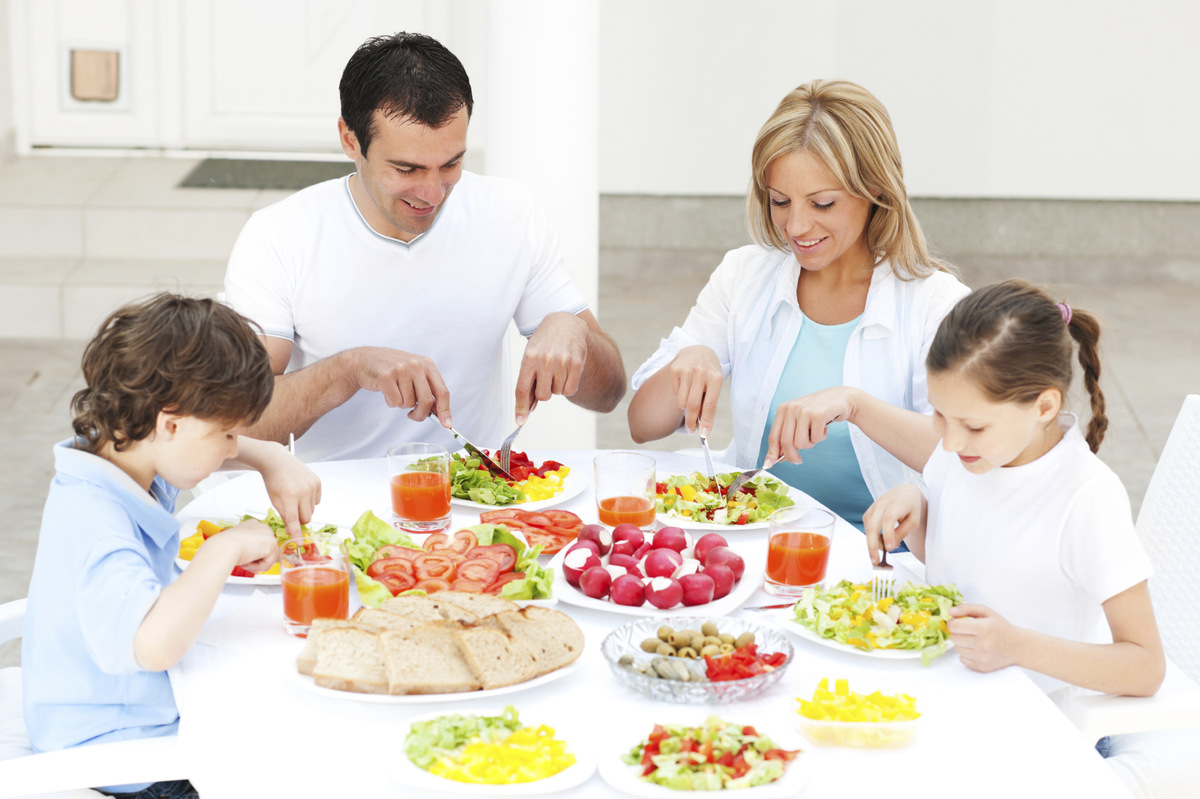

Events & Etiquette
What Are Good Table Manners?
Modified: January 9, 2024
Learn about good table manners and etiquette for events with our helpful guide. Discover the dos and don'ts of dining etiquette to impress your guests and make a memorable impression.
(Many of the links in this article redirect to a specific reviewed product. Your purchase of these products through affiliate links helps to generate commission for Storables.com, at no extra cost. Learn more)
Introduction
Welcome to the world of events and gatherings, where social etiquette and proper manners play a significant role in creating a pleasant and memorable experience. Whether you find yourself attending a formal dinner party, a business luncheon, or a casual gathering with friends, understanding and practicing good table manners is essential.
In this article, we will delve into the intricacies of table etiquette and explore the reasons behind its importance. We will also provide you with practical tips on basic table manners, the proper use of utensils, the role of napkins, handling conversations at the table, and considerations for formal dining events. Furthermore, we will discuss how modern etiquette has evolved and adapted to changing social dynamics.
So, let’s embark on this journey to discover the art of graceful dining and enhance our social interactions through impeccable table manners.
Key Takeaways:
- Embracing good table manners enhances social ease, respect, and professionalism. It contributes to a pleasant dining experience and cultural sensitivity, fostering positive social interactions and connections.
- Adapting to modern etiquette while upholding core principles of respect and inclusivity is essential. Good table manners create enjoyable and inclusive dining experiences, reflecting evolving societal values and preferences.
Why are Table Manners Important?
Table manners serve as a set of guidelines that ensure smooth and respectful interactions during meals. They are not just about following rules; they reflect our consideration and respect for others. Here are a few reasons why table manners are important:
- Social Ease: Good table manners enable us to navigate social situations with ease and confidence. When we know how to behave at the table, we feel more comfortable and can focus on enjoying the meal and engaging in meaningful conversations.
- Respect and Courtesy: Exercising proper table manners demonstrates respect and courtesy towards our hosts and fellow diners. It shows that we value their company and appreciate the effort put into preparing the meal.
- Professional Image: In a business setting, polished table manners are crucial for leaving a positive impression. They can contribute to building professional relationships, establishing credibility, and showcasing professionalism.
- Enhanced Dining Experience: Practicing good table manners enhances the overall dining experience for everyone involved. It creates a pleasant atmosphere and allows everyone to savor their meal without distractions or discomfort.
- Cultural Sensitivity: Understanding and adhering to appropriate table manners is particularly important when dining with people from different cultures. It shows respect for their traditions and avoids any unintentional faux pas that could potentially offend or embarrass others.
By embracing proper table manners, we demonstrate our ability to adapt to various social situations, contribute to a positive atmosphere, and show respect for both the meal and the individuals with whom we are dining. These skills are valuable not only in formal settings but also in everyday life, helping us navigate social interactions with grace and ease.
Basic Table Manners
Mastering basic table manners sets the foundation for a graceful dining experience. Here are some essential guidelines to follow:
- Seating: Wait to be seated or follow the guidance of the host. Do not sit until others have been seated or until the host indicates where you should sit.
- Napkin Etiquette: Place your napkin on your lap as soon as you are seated. Use it to dab your mouth discreetly during the meal, and when finished, place it unfolded to the left of your plate.
- Posture: Sit up straight with your shoulders relaxed. Avoid slouching or leaning too far back in your chair.
- Utensil Usage: Start with the outermost utensils and work your way inward as each course is served. Hold your knife in your right hand and your fork in your left hand while eating.
- Chewing and Swallowing: Chew with your mouth closed and try to minimize any noise. Swallow before taking another bite.
- Elbows and Arms: Keep your elbows off the table while eating, but it’s acceptable to rest your wrists or forearms on the table between courses or when you have finished eating.
- Passing Dishes: If a dish is within your reach and someone else needs it, offer to pass it to them. Always pass to the right, and use serving utensils if provided.
- Cell Phones: It is considered impolite to use your cell phone at the table. Keep it on silent and avoid checking or using it during the meal.
- Excusing Yourself: If you need to leave the table during the meal, politely excuse yourself and wait until others have finished before returning.
By adhering to these basic table manners, you create a comfortable and respectful dining environment for yourself and those around you. Remember, table manners are not about being overly formal, but rather about being considerate and showing respect for the meal and the individuals sharing it with you.
Proper Use of Utensils
Knowing how to use utensils correctly is crucial for maintaining proper table manners. Here are some guidelines to follow:
- Forks: Hold your fork with the prongs facing downwards in your left hand. Use it to spear and lift food to your mouth.
- Knives: Hold your knife in your right hand with your index finger extended along the back of the blade. Use it to cut food into bite-sized pieces. Once cut, place your knife on the edge of your plate with the blade facing inward.
- Spoons: Hold the spoon in your right hand and use it for soups, stews, or dishes with sauces. The proper technique is to sip soup from the side of the spoon without making noise.
- Chopsticks: If you are using chopsticks, hold them near the top with your thumb and index finger. Use your middle finger to support the bottom chopstick. Practice the proper technique for picking up various foods, such as rice, noodles, or vegetables.
- Bread and Butter: Break off small pieces of bread, butter them individually, and then eat them. Avoid buttering the entire piece of bread at once.
Remember to use utensils from the outside in as each course is served. Place used utensils on your plate between bites or when you are finished eating.
It is also important to handle utensils with grace and avoid clanking or scraping them against your plate. Make smooth and gentle movements while eating, ensuring that utensils do not make excessive noise.
By using utensils properly, you not only demonstrate your respect for the dining experience but also contribute to a peaceful and enjoyable meal for everyone at the table.
The Role of Napkins
Napkins play a significant role in table etiquette and serve multiple purposes beyond simply wiping your mouth. Here are the key aspects of using napkins:
- Placing the Napkin: As soon as you are seated, unfold your napkin and place it on your lap. Place it neatly and discreetly, covering your lap to catch any food crumbs or spills.
- Blotting: Throughout the meal, use your napkin to gently dab your mouth as needed. Avoid wiping your mouth vigorously or using the napkin to clean your utensils.
- Temporary Absences: If you need to leave the table temporarily, place your napkin loosely on your chair or to the left of your plate. This signals to the servers that you are not yet finished with your meal.
- Final Use: Once you have completed your meal, place your napkin loosely on the left side of your plate, neatly folded if desired. This indicates to the servers that you have finished eating.
- Messy Situations: If you experience a mishap, such as a spilled drink or dropped food, discreetly use the corner of your napkin to blot or clean the area. Avoid drawing attention to the incident.
- Napkin Etiquette: Never tuck your napkin into your collar or use it as a bib. Avoid shaking or playing with your napkin, as this can be distracting and unbecoming.
- Sharing: If necessary, ask for an additional napkin to share with others at the table when needed. Sharing napkins is a courteous gesture that shows consideration for others.
The proper use of napkins demonstrates your respect for the meal, your tablemates, and the surroundings. They are an essential tool for maintaining cleanliness and ensuring a pleasant dining experience for everyone present.
When dining at a table, remember to keep your elbows off the table, chew with your mouth closed, and wait for everyone to be served before starting to eat. These simple gestures show respect for others and create a pleasant dining experience.
Read more: How To Eat Pasta With Good Table Manners
Dining Etiquette for Different Courses
When attending a multi-course meal or formal dinner, it is essential to familiarize yourself with proper dining etiquette for each course. Here is a general guide to help you navigate the different courses:
- Appetizers/Soup: Use the provided utensils to enjoy your appetizers or soup. If a spoon is provided, remember to sip the soup from the side of the spoon without making noise.
- Main Course: Use the appropriate knife and fork for each item on your plate. Cut smaller pieces of food as you go, rather than cutting everything at once. Rest your utensils on the edge of your plate when pausing or when you have finished.
- Salad: Use your salad fork and knife to cut and eat the salad. Remember, it is acceptable to use your fork to push food onto your spoon or knife.
- Cheese Course: When a separate cheese course is served, use the provided cheese knife and fork to cut and handle the cheese. Place the cheese onto a small piece of bread or a cracker and enjoy it.
- Dessert: Use the dessert utensils, such as a small fork or spoon, to enjoy your dessert. If served with coffee or tea, use the respective utensils for those beverages as well.
- Digestifs: After the meal, if a digestif, such as brandy or liqueur, is offered, use the appropriate glass and handle it with care. Sip it slowly and enjoy the flavors.
It’s important to pace yourself during a multi-course meal and to follow the cues of the host or servers. Observe the order in which others are eating and pace your own consumption accordingly. Take your time and savor each course, engaging in pleasant conversation with those around you.
Remember, the enjoyment of a multi-course meal is not only about the food but also about appreciating the art of dining and embracing the social experience it offers.
Handling Conversations at the Table
Engaging in thoughtful and respectful conversation is an important aspect of any dining experience. Here are some tips for handling conversations at the table:
- Be Present: When at the table, be fully present and engage in the conversation. Put your phone away and focus on the people around you.
- Listen actively: Pay attention to what others are saying and show genuine interest in their stories or opinions. Avoid interrupting and give each person a chance to speak.
- Avoid sensitive topics: Keep conversations light and enjoyable, avoiding controversial or sensitive topics that may lead to heated debates or discomfort.
- Table-wide conversations: If the conversation is happening across the table or involves multiple people, be mindful of your volume. Speak clearly and loud enough for everyone to hear, but avoid shouting or dominating the conversation.
- Include everyone: Make sure to include everyone at the table in the conversation. Avoid side conversations that exclude others and make an effort to engage with those who may be quieter or less talkative.
- Table manners and conversation: While engaging in conversation, do not speak with your mouth full. Take small bites and finish chewing before contributing to the discussion.
- Respect personal space: Be mindful of personal space while engaging in conversation. Avoid leaning too far into someone else’s space or touching others unnecessarily.
- Use appropriate language: Use polite and respectful language during conversations. Avoid using offensive or inappropriate language that may offend others.
- Have a balanced conversation: Maintain a balance between talking and listening. Give others a chance to speak, and do not dominate the conversation. Engage in active and thoughtful dialogue.
- Discretion during formal events: During formal dining events, it is best to limit conversation to lighter topics and avoid discussing personal or private matters.
Remember, engaging in meaningful and respectful conversations enhances the dining experience and fosters a pleasant atmosphere for everyone at the table. Through thoughtful communication, we establish connections, learn from one another, and create lasting memories.
Considerations for Formal Dining Events
Formal dining events require a refined sense of etiquette and attention to detail. Here are some important considerations to keep in mind for such occasions:
- Dress Appropriately: Follow the dress code specified for the event. Formal events typically require more formal attire, such as a suit or an evening gown.
- Arrive on Time: Punctuality is crucial for formal events. Arrive at the designated time or a few minutes early to show respect for the host and the other guests.
- Wait for the Host: If there is a designated seating plan, wait for the host to indicate your seat. If there is no seating plan, wait for the host to start the meal before sitting down.
- Follow the Lead: Observe the host and follow their lead when it comes to starting and ending courses, using utensils, and initiating conversations.
- Napkin Placement: Place your napkin on your lap as soon as you are seated. Keep it unfolded and use it as necessary throughout the meal. At the end of the meal, place your napkin to the left of your plate.
- Utensil Etiquette: Familiarize yourself with the proper use of utensils. Start with the outermost utensils and work your way inward as each course is served.
- Wine Etiquette: If wine is served, be familiar with the basics of wine etiquette. Do not refill your own glass unless you are the host. Avoid overindulging and pace your consumption throughout the evening.
- Engage in Polite Conversation: Engage in light and pleasant conversation with those seated near you. Avoid discussing sensitive topics or engaging in debates that may disrupt the harmonious atmosphere.
- Follow Seating Etiquette: Use appropriate seating etiquette, such as sitting up straight, avoiding slouching, and not spreading out or occupying excessive space.
- Thank the Host: Before leaving, express your gratitude to the host for the invitation, the hospitality, and the wonderful evening.
Remember, formal dining events are an opportunity to showcase your grace, poise, and understanding of social etiquette. By adhering to these considerations, you contribute to an elegant and well-mannered atmosphere that allows everyone to enjoy the event to the fullest.
Modern Etiquette and Changes in Table Manners
As our society evolves, so does our understanding of etiquette and table manners. Modern etiquette reflects the changing norms and values of our time. Here are some notable changes and considerations:
- Casual Dining: With the rise of casual dining settings, such as food trucks and trendy restaurants, the rules around table manners have become more relaxed. While basic etiquette is still important, there is often more flexibility in terms of utensil usage and dining style.
- Technology: The advent of smartphones and other devices has introduced new challenges to table manners. It is now considered impolite to use your phone at the table, as it can be seen as a distraction from the social interaction taking place.
- Food Preferences and Allergies: With the growing awareness of dietary restrictions and allergies, it is important to be considerate and accommodating when hosting or attending a meal. Always inquire about any dietary restrictions before planning a menu.
- Sustainable Practices: As we strive to be more environmentally conscious, sustainable dining practices have gained importance. This includes avoiding food waste, using reusable utensils and straws, and choosing locally sourced and sustainable ingredients when possible.
- Inclusivity and Diversity: Modern etiquette recognizes the importance of inclusivity and diversity. This means being mindful of cultural differences in dining practices and respecting the preferences and traditions of others when sharing a meal together.
- Casual Conversation: In informal dining settings, conversations have become more casual and relaxed. It is common to engage in lighthearted and friendly banter, combining both personal and general topics of interest.
- Open-mindedness: There is greater acceptance of different dining styles and cultural practices. It is important to approach new experiences with an open mind and show respect for diverse customs and traditions.
As we navigate the ever-changing landscape of modern dining, it is crucial to maintain the core principles of respect, consideration, and kindness. By adapting our etiquette practices to our changing society, we can create inclusive and enjoyable dining experiences for all.
Conclusion
Having a solid understanding of table manners and etiquette is invaluable in both formal and informal dining settings. Good table manners not only enhance the overall dining experience but also demonstrate respect, consideration, and a genuine appreciation for the company of others.
From basic table manners, such as seating etiquette and proper use of utensils, to more intricate aspects like engaging in conversations and navigating formal dining events, each element plays a crucial role in creating a harmonious and enjoyable mealtime atmosphere.
As we embrace the modern era, we must also be open to changes in etiquette that reflect the evolving values and preferences of our society. Inclusivity, sustainability, and mindfulness of technology are now important considerations in our dining experiences.
Remember, practicing good table manners is not about perfection or rigidity; it is about showing respect, consideration, and adapting to different situations. By doing so, we cultivate a sense of grace, create meaningful connections, and contribute to a positive and enjoyable dining atmosphere.
So, the next time you find yourself at a dining table, whether it’s a formal event or a casual gathering, embrace the art of graceful dining. Let your impeccable table manners shine as you engage in delightful conversations, savor delicious food, and create lasting memories with those around you.
Frequently Asked Questions about What Are Good Table Manners?
Was this page helpful?
At Storables.com, we guarantee accurate and reliable information. Our content, validated by Expert Board Contributors, is crafted following stringent Editorial Policies. We're committed to providing you with well-researched, expert-backed insights for all your informational needs.
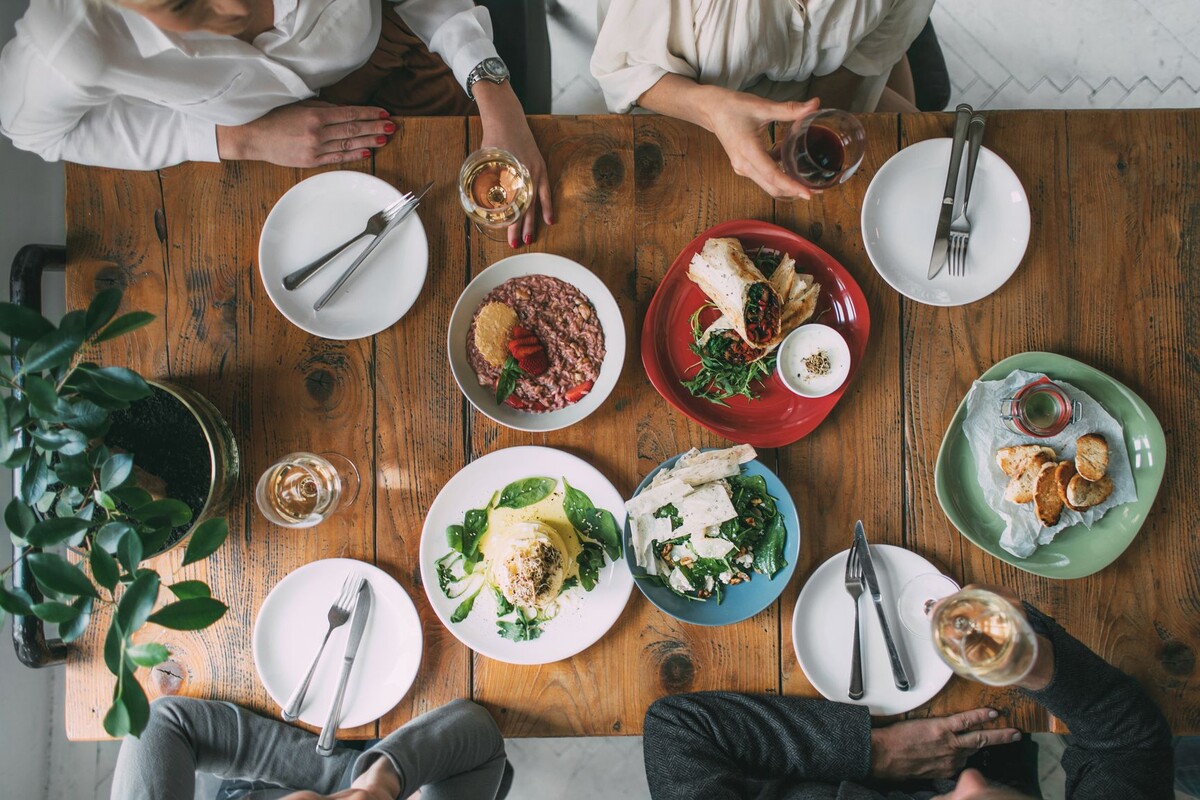
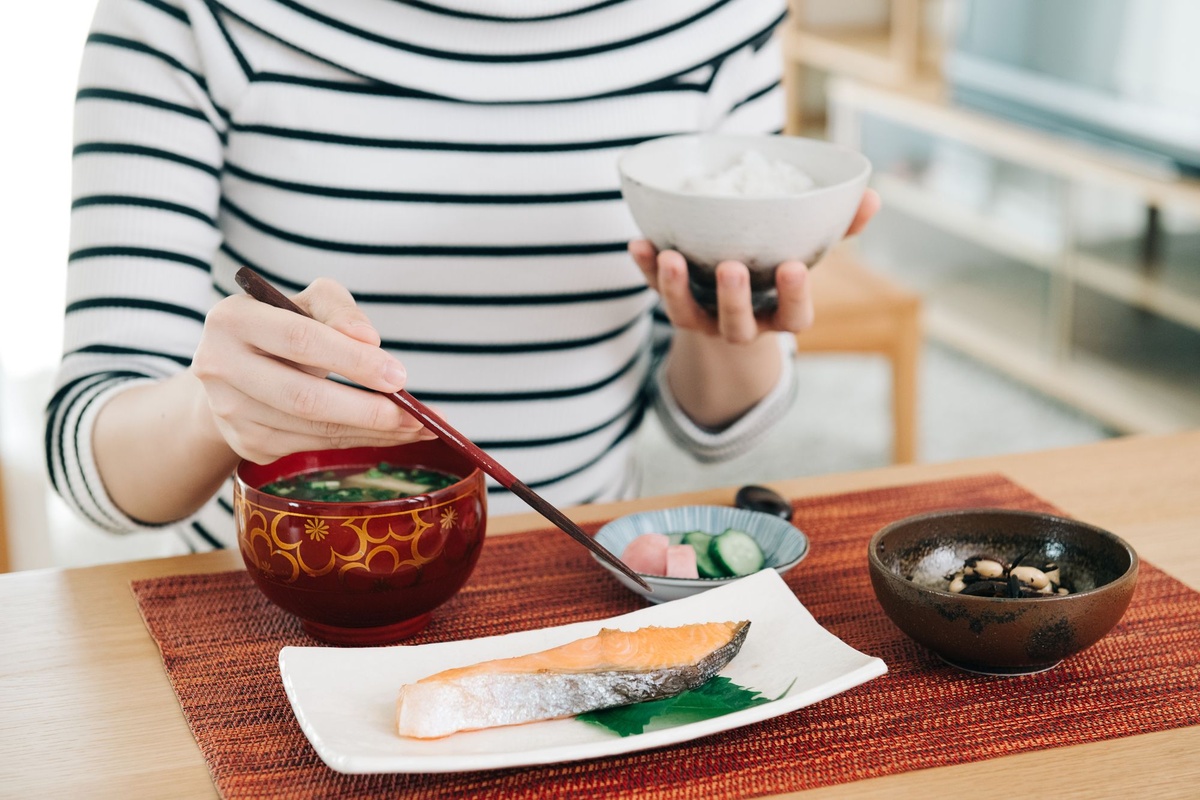
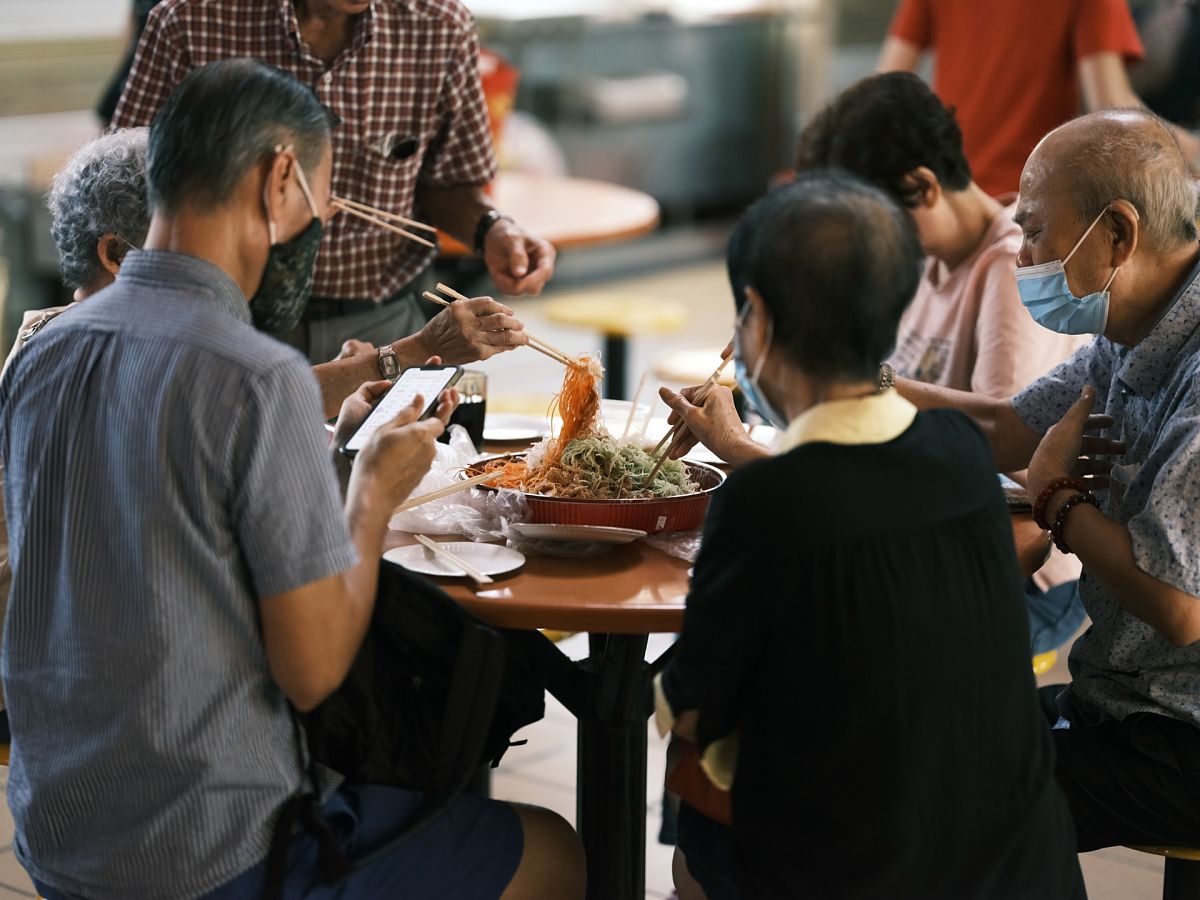
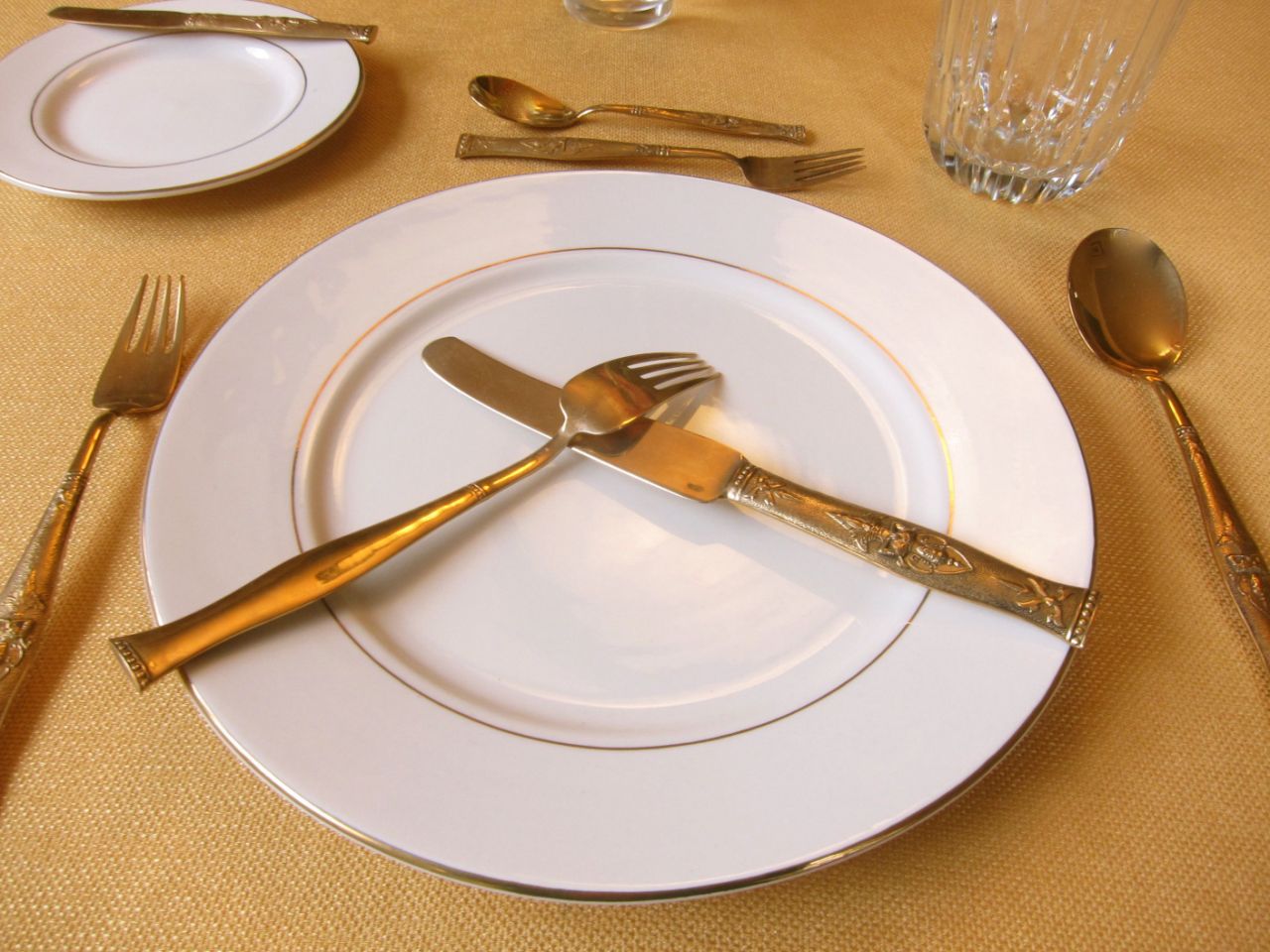


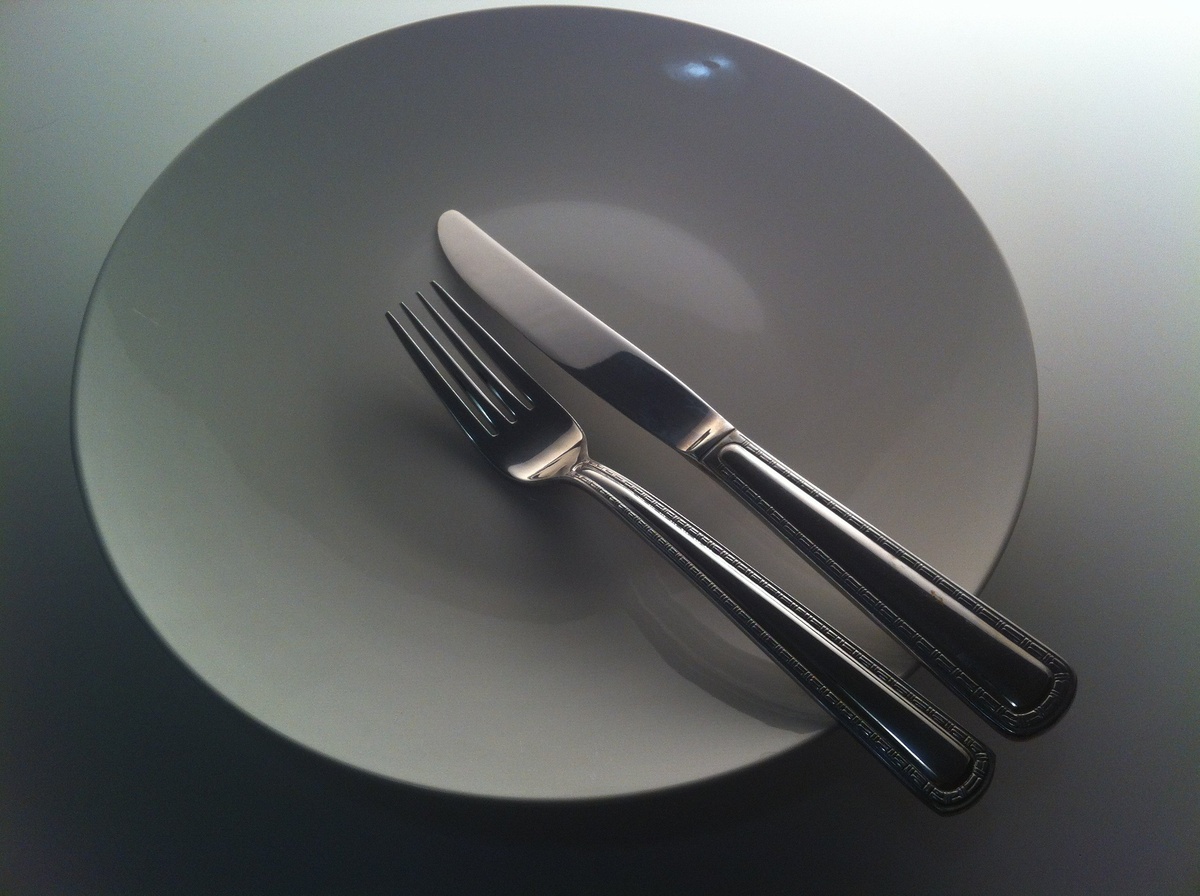

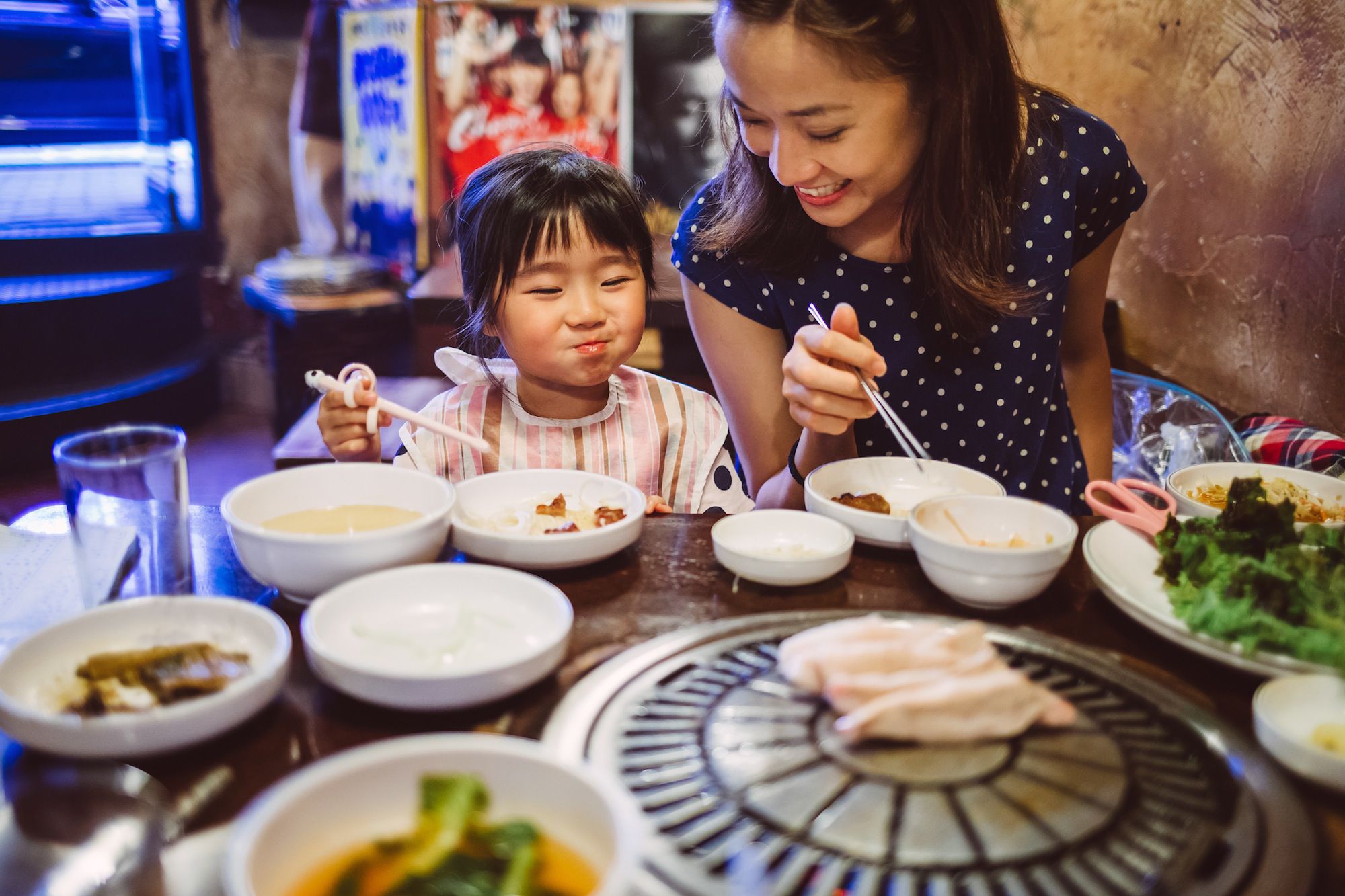
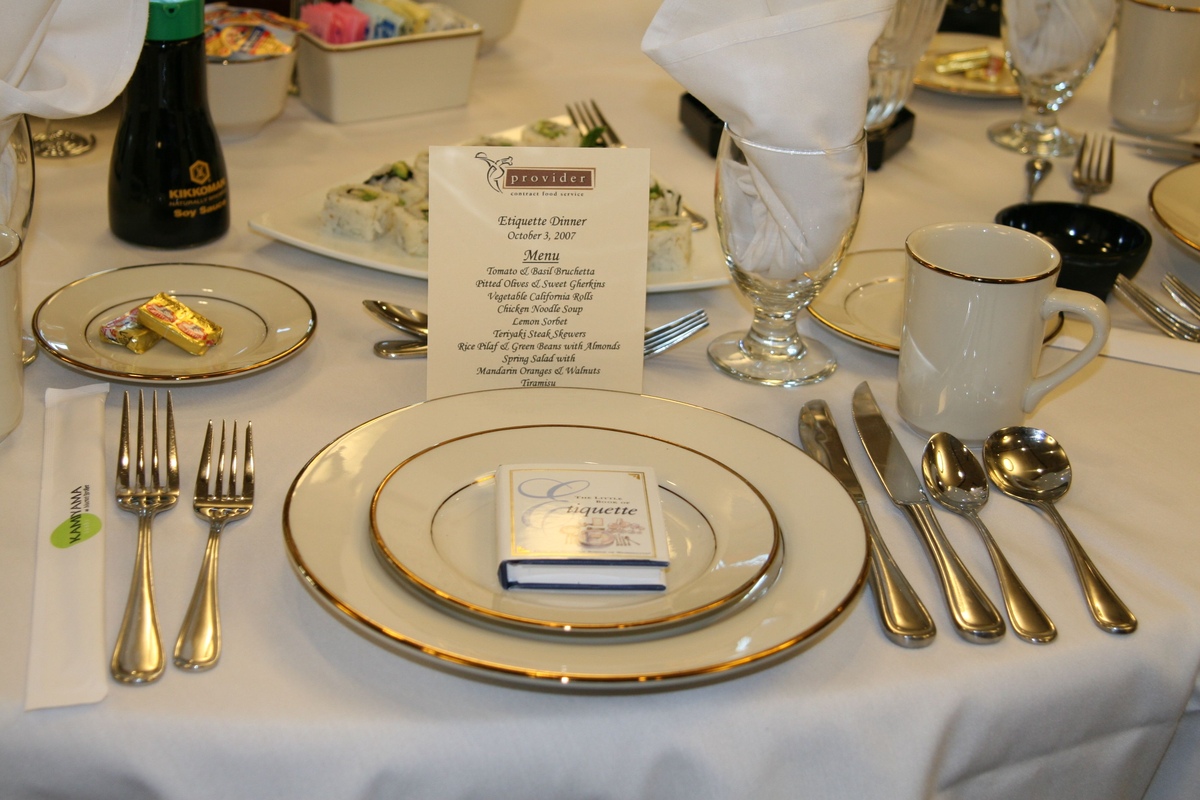




0 thoughts on “What Are Good Table Manners?”